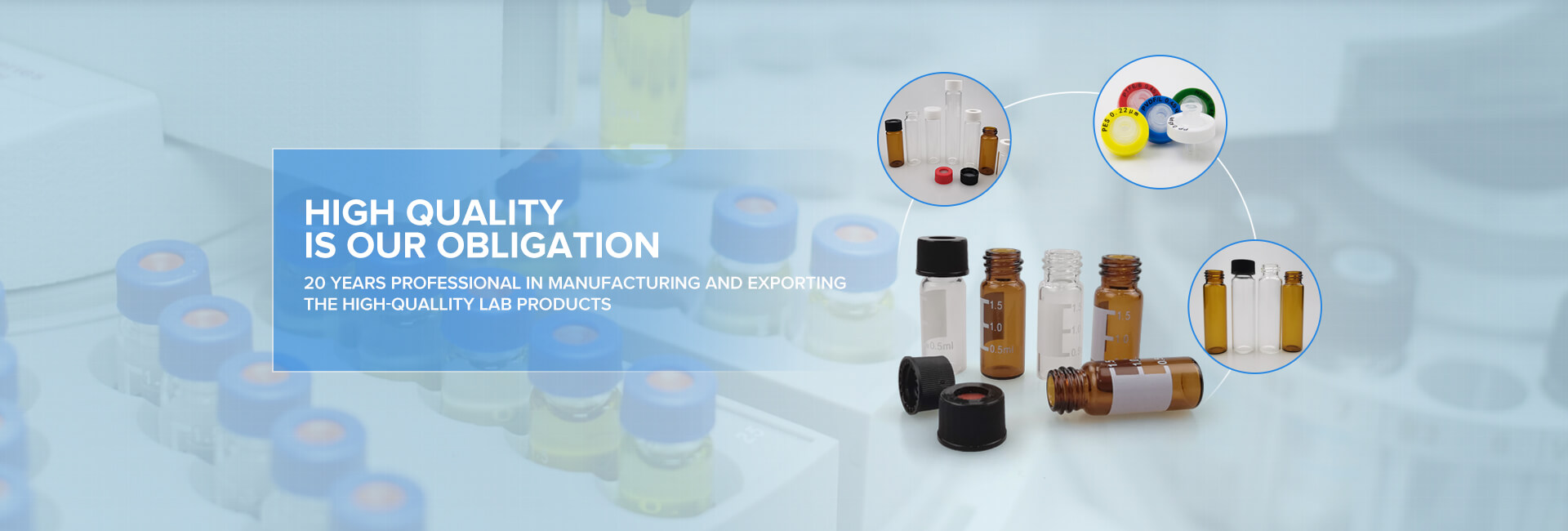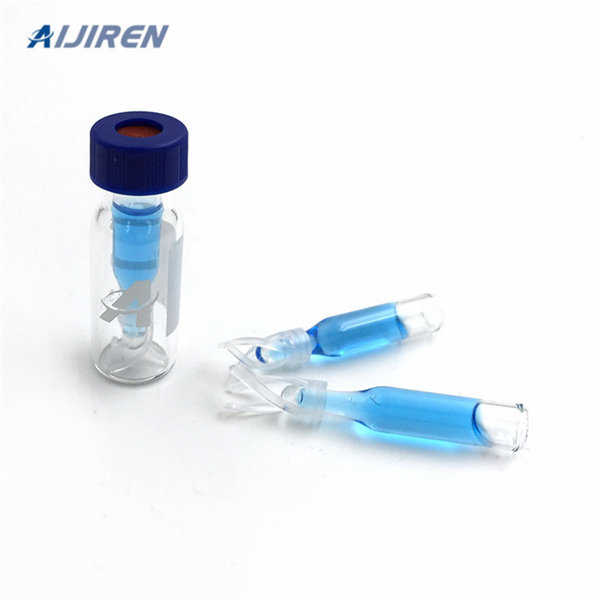


250 ml of water = 1 glass of water = 1 pint That depends on the size/volume of the glass of water. Obviously, a large glass of water will have more atoms than a small glass of water.

The glass surface seems to be an abrupt change between solid glass (which is defined by its chemical composition) and the surrounding air. A closer investigation of the glass surface gives a more detailed view, the abrupt border is vanishing and different zones of transition between glass and environment are appearing.

Water glass (liquid sodium silicate) allows for an old-fashioned way to make fresh eggs last and last - for up to several months. But that's just one of its uses. Dilute water glass for use as a transparent sealer for cement or concrete floors Use full strength as an adhesive Dilute for general cleaning purposes One-gallon bucket will preserve 50 dozen eggs Non hazardous and fumeless USA made

20ml Head Space Crimp Top Clear Gc Vials With Caps And Septa For Gs/ms , Find Complete Details about 20ml Head Space Crimp Top Clear Gc Vials With Caps And Septa For Gs/ms,Space Saving Beds For Kids,Heads Pace,Gc Ms from Laboratory Bottle Supplier or Manufacturer-Ningbo Excellent New Material Co., Ltd.

The varying depths of the holes are due to different increments in the number of laser pulses, ranging from 500 pulses to 4500 pulses, at which point the laser breaks through the glass. In the top picture, showing the two dimensional array, the hole pitch was 120 μm with 5 μm interstitial spacing.

Water glass, also called sodium silicate or soluble glass, a compound containing sodium oxide (Na 2 O) and silica (silicon dioxide, SiO 2) that forms a glassy solid with the very useful property of being soluble in water. Water glass is sold as solid lumps or powders or as a clear, syrupy liquid. It is used as a convenient source of sodium for

Ouch You have clicked a page that seems to be very popular. It’s currently a bit busy. You can have a rest and please slide to verify.

Aug 22, 2018 · Although Waters glass vial inserts are processed in ways similar to Waters glass vials, and are also available in deactivated (DV) versions, certification (which entails specific testing) is usually reserved for Waters vials that are part of COMBINATION PACKS (vials with associated caps), and certification is not carried out on packs of vials

Positive displacement glass micro pipets with stainless steel plungers Use once and throw away Available in two sizes: graduated 1 to 5 µL and 1 to 10 µL. Include one handle, 100 glass pipets and 100 stainless steel plungers.

Micro volume vial inserts, when used in conjunction with 12 x 32 mm autosampler vials, allow for maximum sample recovery and easier sample removal. This is because their conical shape decreases the surface area inside the vial. Micro volume vial inserts can be used with screw top, crimp top, or snap top vials.

How to Make Sodium Silicate - Water Glass: Sodium silicate, also called waterglass is an interesting compound that is used in a variety of things. Water glass is a glue, a high heat cement or refractory, used to preserve eggs without refrigeration and as a sealer for concrete.

Insert for 12x32mm vials precision point Use with 9mm screw or snap top Glass, spring attached. Add to Cart 9502S-01N for 2ml Vials : 9502S-01N. ... 250ul, 5x31mm ...

Insert a tube into the reusable dispensing bulb assembly and capillary action draws fluid up to the full capacity. Simply squeeze the bulb to dispense. Each case contain one bulb and 100 disposable tubes. Mucaps® are high precision capillary pipettes made of borosilicate netural glass with a precision bore, accurately cut and fire polished.

Oct 20, 2019 · Introduction. Glass is defined by ASTM as "an inorganic product of fusion which has cooled to a rigid condition without crystallizing." This definition is rather outdated, though, as it excludes all organic glasses (polymers) and implies that glass must be made as a product of cooling a melt or liquid; if such was the case, all optical fibers and many advanced glass applications would have to

Despite these measures, blank samples still had 14 ± 13 particles/L on average. Very similar particle contents were found in water stored in beverage cartons (11 ± 8 particles/L) and in single-use plastic bottles (14 ± 14 particles/L). Waters stored in glass bottles were found to have 50 ± 52 particles/L.